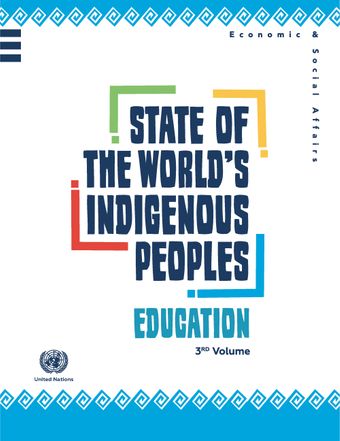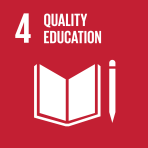Indigenous peoples and education in Central and South America and the Caribbean

- Author: Juan de Dios Simón Sotz
- Main Title: State of the World's Indigenous Peoples , pp 107-142
- Publication Date: December 2017
- DOI: https://doi.org/10.18356/42903d37-en
- Language: English
According to the 2014 report on the objectives of Education for All (United Nations Educational, Scientific and Cultural Organization, 2014), universal primary education has been partially achieved. However, the situation is different with respect to preschool and lower high school education. Indigenous children and youth have not met universal standards and they have encountered significant difficulties in accessing quality education. The lack of quality education results in higher grade repetition, desertion and dropout rates among indigenous children, especially among girls. In response, the region’s educational systems have partially incorporated indigenous peoples’ perspectives into the education system. There are two options in this regard: bilingual intercultural education offered by States and education from the indigenous perspective.
-
From This Site
/content/books/9789213629024c006dcterms_title,dcterms_subject,pub_keyword-contentType:Journal -contentType:Contributor -contentType:Concept -contentType:Institution105

